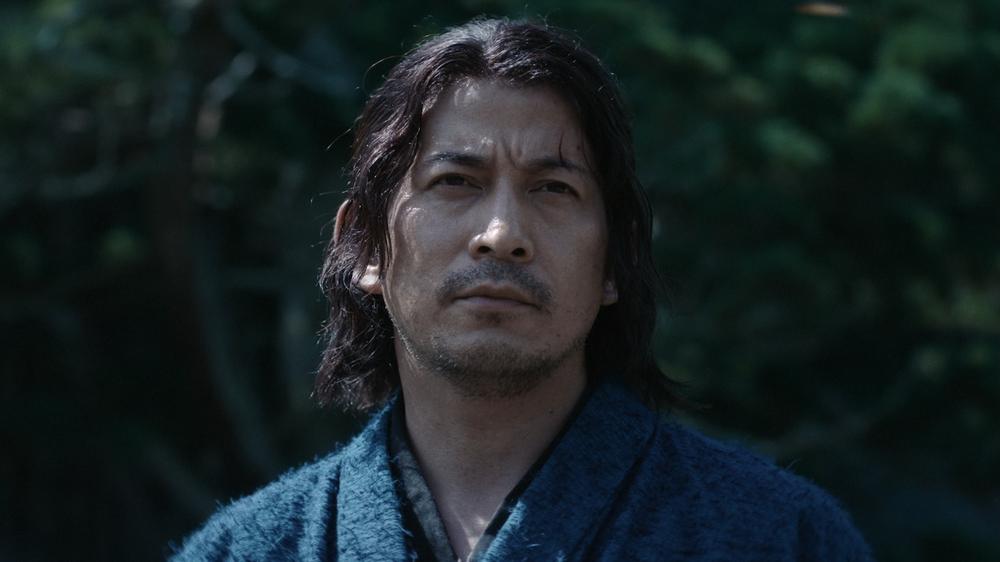Last Samurai Standing is the latest live-action manga adaptation to hit Netflix, centering on a Squid Game-style tournament that sees 292 fighters battle it out for a huge cash prize. But behind the bloodshed and betrayal is a real-life tragedy: the cholera outbreak.
Netflix has been behind some of the biggest anime and manga live-action adaptations in recent years, from One Piece and Avatar: The Last Airbender to Yu Yu Hakusho and Alice in Borderland.
Yet Last Samurai Standing, well, stands apart in both story and style. The show is set during the Meiji era (the late 19th century), a time of rapid modernization influenced by western society, where samurai warriors are seen as second-class citizens.
Shujiro Saga (Junichi Okada) is among a group of fighters who unwittingly enter a deadly competition to win 100,000 yen ($650) – think Shōgun meets Squid Game. But the reason so many are driven to take part is because of an unseen enemy that spreads among them: cholera.
What is cholera?
Cholera is an infectious disease caused by the bacterium Vibrio cholerae, which spreads through contaminated food or water. It attacks the small intestine, leading to severe diarrhea, vomiting, and dehydration – and it can kill within hours if left untreated.
As stated by the World Health Organization, cholera is both preventable and treatable, but only with prompt medical care, primarily through rehydration and antibiotics in severe cases. Access to safe water, sanitization, and hygiene is essential.
The disease originated in the Ganges Delta region of India, where it became endemic due to contaminated water sources. The first recorded cholera pandemic began in 1817, spreading through trade routes across Asia and the Middle East before reaching Europe and North America.
Over the next century, six major pandemics would follow, each claiming hundreds of thousands of lives and spreading further as global trade and travel increased.
Today, cholera remains a global health concern, particularly in regions lacking access to clean water and medical infrastructure. WHO estimates between 1.3-4 million cases each year, with between 21,000 to 143,000 deaths worldwide.
Modern treatment – primarily oral rehydration salts and, in some cases, intravenous fluids and antibiotics – has reduced mortality rates to less than 1% when managed properly.
When is Last Samurai Standing set?
Last Samurai Standing takes place in 1878, a decade after the glory days of the samurai. Even though the deadly competition at the center of it is fictitious, Japan really did experience a devastating cholera outbreak during this time.
In Episode 1 of the Netflix show, Shujiro’s wife and daughter are among the thousands of people who contract the disease. He goes out seeking ways to find resources including food for his family, at which point he comes across an ad for the “Kodoku” tournament.
Later, his daughter dies, and so he decides to take part in a bid to make a better life for his wife and surviving son. When he shows up, many participants are in the same boat.
In real life, one of Japan’s most severe cholera outbreaks occurred between 1877-1879, with the country reporting more than 160,000 cases and over 100,000 deaths.
The epidemic spread rapidly through crowded port cities like Nagasaki and Osaka, as poor sanitation and limited understanding of disease transmission made containment nearly impossible.
The outbreaks not only devastated communities but also deepened class divides, as the poor were hit hardest by unsanitary living conditions and lack of resources.
In Last Samurai Standing, this divide is made evident through the exploration of the disease, but it’s also emphasized through the show’s fictitious tournament, which sees wealthy men betting on the participants for their own sick entertainment (like the Squid Game VIPs).
How the Boshin War shaped Japan
The cholera outbreak isn’t the only historical event incorporated into Last Samurai Standing. Much of the Netflix series takes place a decade after the Battle of Toba–Fushimi, a decisive clash that marked the beginning of the end for the Boshin War.
Fought between 1868 and 1869, this pivotal civil conflict reshaped Japan and brought the samurai era to a close. The war pitted forces loyal to the Tokugawa shogunate, which had ruled for over 250 years, against those seeking to restore power to the Imperial Court under Emperor Meiji.
The Battle of Toba–Fushimi unfolded near Kyoto, where imperial troops – modernized with western firearms and tactics – confronted traditional samurai warriors still loyal to the shogun. Despite their skill and discipline, the samurai were outgunned and eventually defeated.
This victory cemented the emperor’s authority and ushered in the Meiji Restoration, transforming Japan into an industrialized nation. But as is explored in the new TV show, for the samurai, it marked the end of an age and the death of tradition.
The new government abolished the feudal system, banned carrying swords, and replaced its old order with military conscription and bureaucracy. Warriors who once served as Japan’s elite suddenly found themselves stripped of status and purpose.
So yes, the parallels to Squid Game are certainly there, with ordinary people pushed into a deadly game by a system that has discarded them.
But where despair is born from capitalism and greed in the modern-day competition, the participants in Last Samurai Standing are also driven by the collapse of their way of life.

 WhatsApp to launch third-party chat integration in Europe soon
WhatsApp to launch third-party chat integration in Europe soon